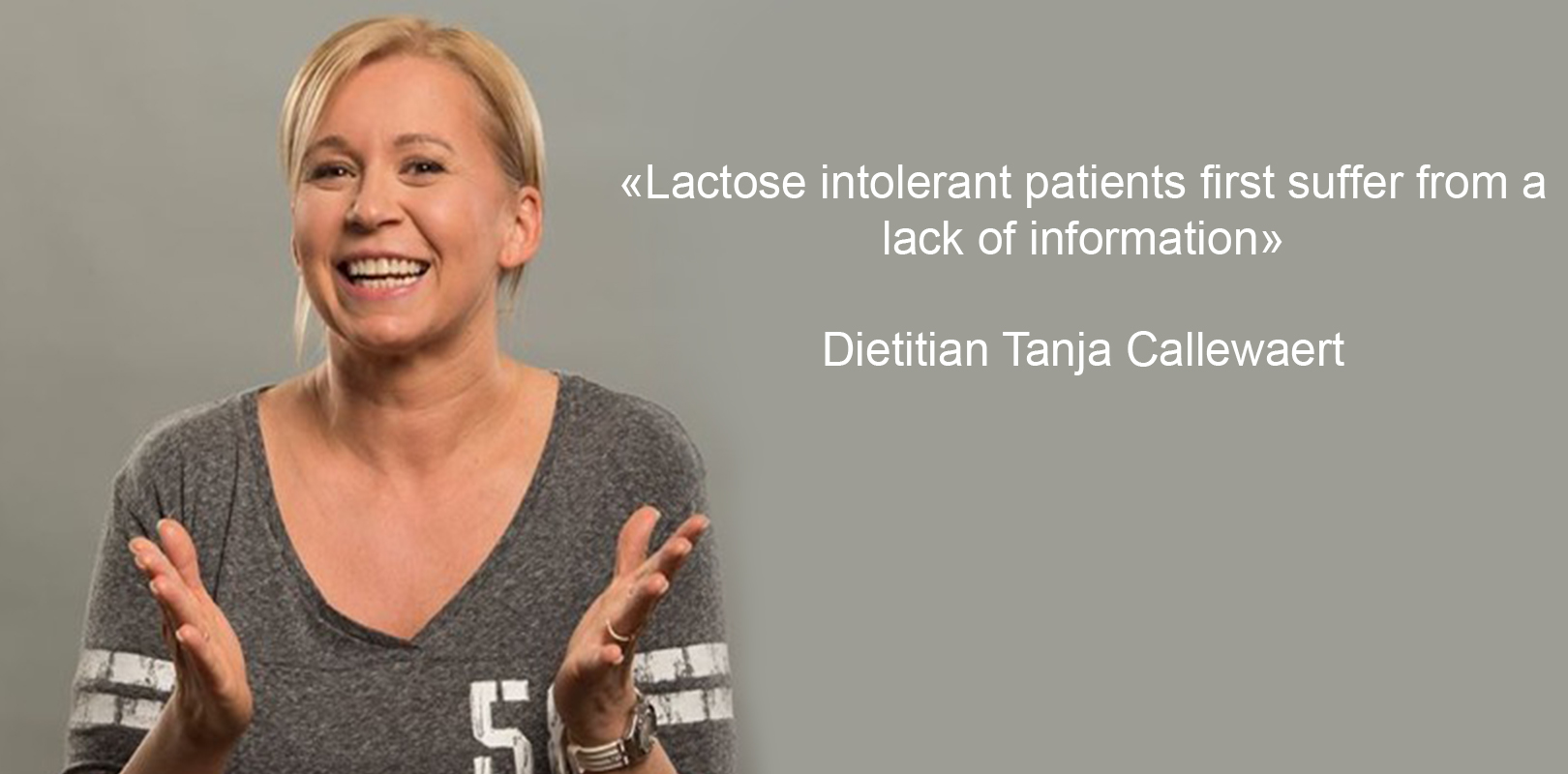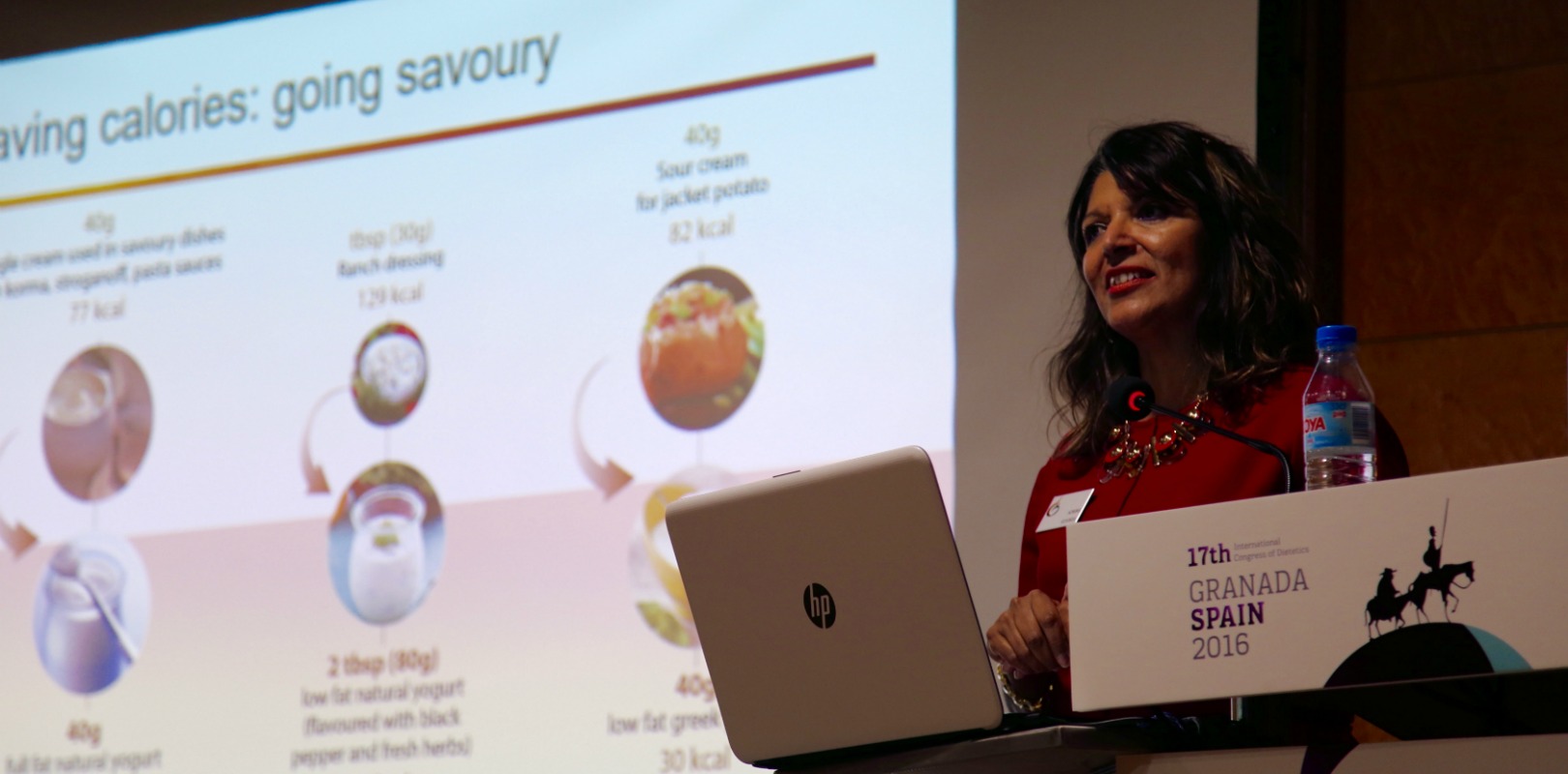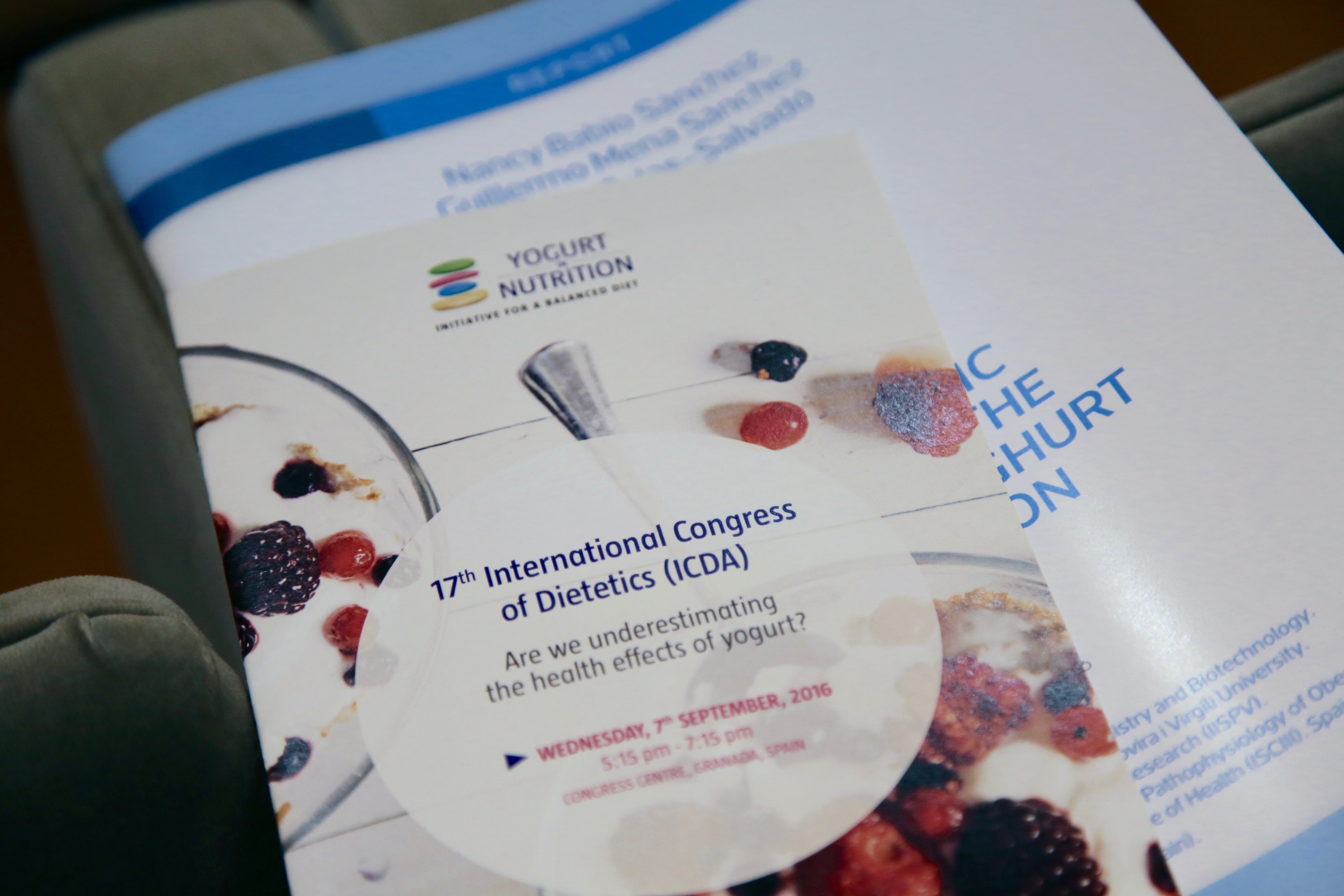“Lactose intolerance is a tricky topic. So I was really interested to hear experts talk about yogurt in this context. Patients usually know very little about their yogurt consumption ability. They do not know that lactose intolerant can eat yogurt. On top of that, like all of us, they have a tendency for drama. So for a lot of my patients, what usually turns out to be a light intolerance is self-diagnosed as a severe form of lactose intolerance. In the end, they choose to act as though they were lactose intolerant, by being over-cautious. And as a consequence simply do not eat dairy anymore.”
“Like everyone, my patients google information. They look up diet options for the lactose intolerant. And I notice that they often are easy targets for “miracle” stories, which are quite common in general media, on the internet, in ladies magazines, lifestyle blogs… Some of my patients thus reckon that they follow recommendations they read online. Some say they can have dairy products only if those are “bio” products. Others explain they can have cheesecake as a desert, but not yogurt. ”
Lactose intolerant patients first suffer from a lack of information
“So in my experience, what lactose intolerant patients suffer most from is lack of information. This is also true for us, registered dietitians: we lack information about lactose and dairy/yogurt consumption abilities as well. For instance, with yogurt I think that dietitians have recommendation habits. I am used to recommending small portions of yogurt to my patients, because it seems like a reasonable assumption. This is precisely where the Yogurt in Nutrition Initiative’s symposium and its online resources are of great help. For example, when I heard Professor Morelli explain that lactose intolerant can eat yogurt everyday, I was most interested!”
We focus on calories intake, and neglect the density and richness of nutrients
Healthcare professionals and nutrition experts in particular, tend to focus on the obesity epidemic. In this respect, Professor Moreno‘s presentation on yogurt as the signature of healthy diet and lifestyle was really fascinating. We generally focus on calories intake, and thus neglect the density and richness of nutrients. Dairy products, and yogurt more specifically, are a great illustration of this tendency. Indeed there is a risk to avoid dairy products, even for people with lactose intolerance. Patients might lack essential nutrients like calcium and vitamins, which may in turn lead to low energy, changes in metabolism…”
“I think registered dietitians must remember that nutrient richness has a protective effect against obesity as well as long term/global health effects. Naturally, here I am not talking about one “magical” food. There is no such thing. Yes, consuming yogurt bears many benefits, but it needs to be included in a healthy/balanced diet.”
As Azmina Govindji’s says: “more volume, for not so much calories”
“I use yogurt as a stomach filler and I usually suggest low fat yogurt, as it has a low effect on blood glucose. Regarding the benefits of yogurt, I fully agree with Azmina Govindji‘s approach: “more volume, for not so much calories”. I have been recommending yogurt for 20 years as a snack. Yogurt is convenient for all snacking situations: in the afternoon, before dinner in the evening, as a late evening snack…”
“In addition to versatility, we also heard during the symposium, a lot about yogurt as a healthy swap option. Swapping is a great way to explore the versatility of yogurt, which you can easily use in several manners. It is interesting because that is the approach I used to recommend to my lactose intolerant patients. I used to tell them to have yogurt once every few days and to always combine it with a dish: as a sauce, in a stew, in their curry preparations…
Now after the #yogurt2016 symposium, I know that not only all this is true, but my patients who are lactose intolerant can eat yogurt everyday. That’s a good reminder!”












